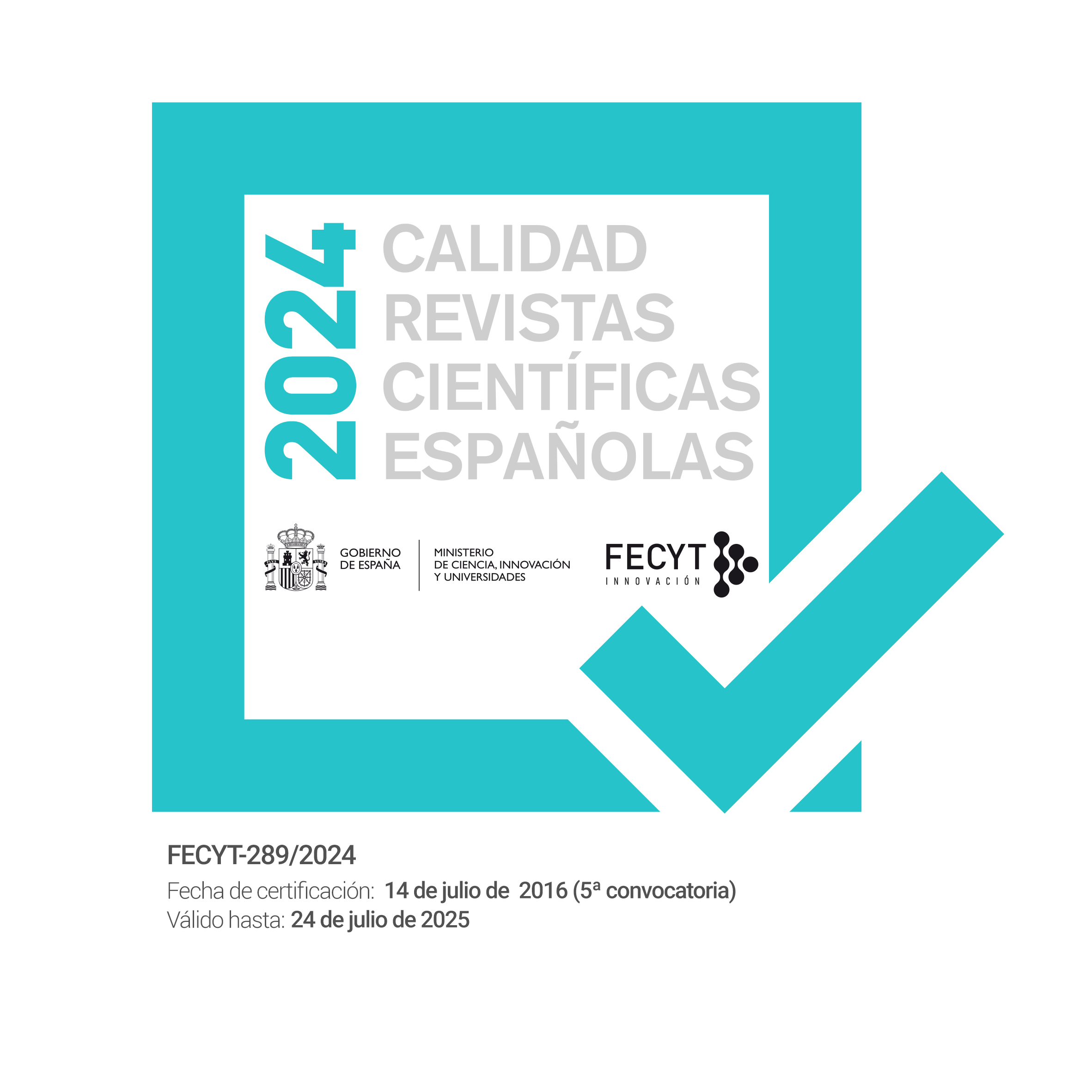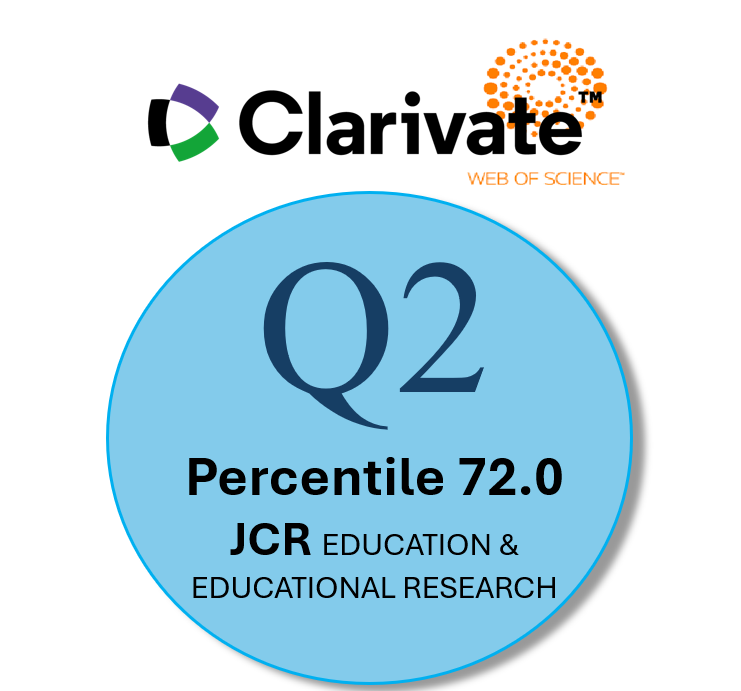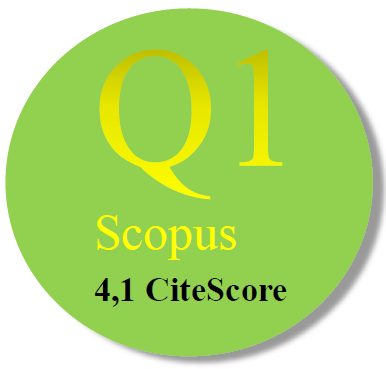Evaluation of the wiki as a tool for collaborative work in university teaching
Abstract
The wiki tool is being developed as a tool for collaborative work and has its maximum expression in the development of wikipedia. The tool consists of a page for virtual collaborative writing, in which each person involved may add and change content of the page. This tool enables the construction of the text, displaying the forms of students' work, keeping a record of the different versions and contributions made by each participant. The use of this tool shows that the interaction and interdependence in the collective creation needs a support in order to happen. Among the aspects to influence stress the need to recognize and give value to the work of others, while developing a shared conception of authorship that offers enough security to change the work that someone else has done. This virtual tool has been implemented in several teaching projects of the degree in psychology at UAB as, for example “Social Communication”, “Internal Practicum” or “Social Psychology Practices: Culture and knowledge”, through a virtual platform for work done with Moodle. Teachers designed virtual spaces from the program objectives and created a wiki page for each subject and each working group in order to develop their work throughout the semester. In addition, spaces have been implemented to face the tasks of monitoring the students. This chapter describes the process, drawing from examples of these projects. It describes the different options implemented which were the milestones achieved in using this tool and reflects on its implications for teaching and learning processes undertaken.Downloads
-
Abstract2864
-
PDF (Español (España))1288
Las obras que se publican en esta revista están sujetas a los siguientes términos:
1. El Servicio de Publicaciones de la Universidad de Murcia (la editorial) conserva los derechos patrimoniales (copyright) de las obras publicadas, y favorece y permite la reutilización de las mismas bajo la licencia de uso indicada en el punto 2.
2. Las obras se publican en la edición electrónica de la revista bajo una licencia Creative Commons Reconocimiento-NoComercial-SinObraDerivada 3.0 España (texto legal). Se pueden copiar, usar, difundir, transmitir y exponer públicamente, siempre que: i) se cite la autoría y la fuente original de su publicación (revista, editorial y URL de la obra); ii) no se usen para fines comerciales; iii) se mencione la existencia y especificaciones de esta licencia de uso.
3. Condiciones de auto-archivo. Se permite y se anima a los autores a difundir electrónicamente las versiones pre-print (versión antes de ser evaluada) y/o post-print (versión evaluada y aceptada para su publicación) de sus obras antes de su publicación, ya que favorece su circulación y difusión más temprana y con ello un posible aumento en su citación y alcance entre la comunidad académica. Color RoMEO: verde.













